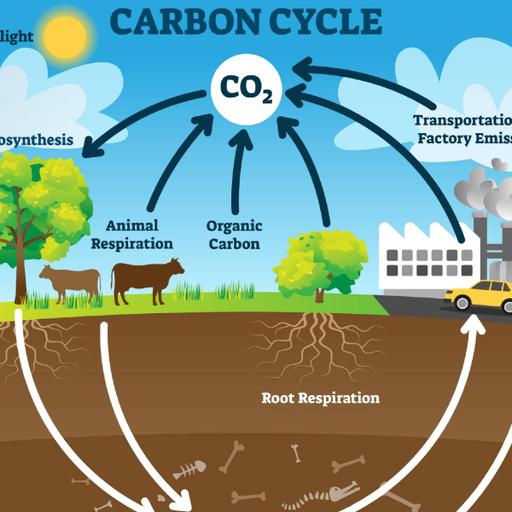Biogeochemical Cycle
Presentations | English
How do Biogeochemical cycles conserve energy? Well, Biogeochemical cycles help explain how the planet conserves matter and uses energy. A biogeochemical cycle is the flow of chemical elements between living organisms and the environment. ... Chemicals absorbed or ingested by organisms are passed through the food chain and returned to the soil, air, and water by such mechanisms as respiration, excretion, and decomposition. The cycles move elements through ecosystems, so the transformation of things can happen. They are also important because they store elements and recycle them. Biogeochemical cycles are divided into two types: Gaseous cycles – Includes Carbon, Oxygen, Nitrogen, and the Water cycle. Sedimentary cycles – Includes Sulphur, Phosphorus, Rock cycle, etc. The same atoms are recycled over and over in different parts of the Earth. This type of cycle of atoms between living and non-living things is known as a biogeochemical cycle. All of the atoms that are building blocks of living things are a part of biogeochemical cycles.

13.00
Lumens
PPTX (52 Slides)
Biogeochemical Cycle
Presentations | English
